Growing Five Culinary Herbs and Spices
Chives
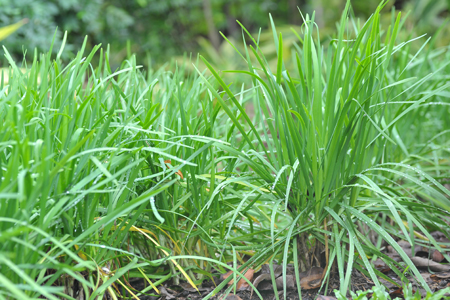
Photo credit: Lim Yao Hui
Chives (Allium tuberosum) grow well in fertile, loamy soil that drains well. To prevent excessive spreading of the plant, remove the flowers before it sets seed. This plant is hardy and resistant to most pests and diseases.
This plant thrives in both full sun and semi-shade, and requires moderate watering. It can be propagated by seeds or division. All parts of the plant, including the flowers, roots and leaves, taste like garlic. They can be consumed raw in salads, or added to stir fries, soups.
Lemongrass
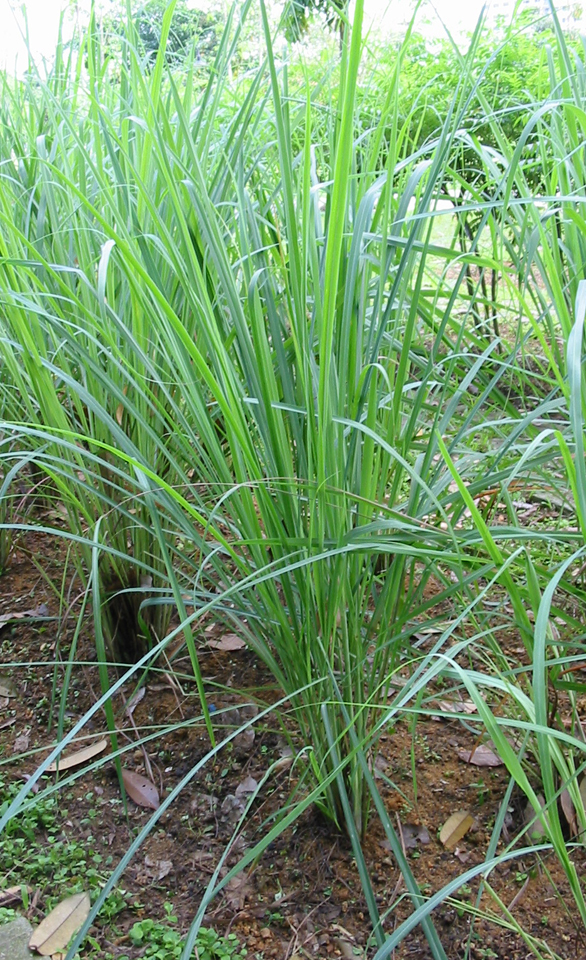
Photo credit: Boo Chih Min
Lemongrass (Cymbopogon citratus) grows quickly and produces many stalks if grown in full sunlight. It prefers moist, well-drained loamy soils, but will tolerate most soil types. The plant can be divided into clusters, with each cluster planted in a separate container or area.
This plant thrives in full sun and requires moderate watering. It can be propagated by division. The crushed stalk, which has a lemony scent, is used in a variety of Southeast Asian dishes, such as curries, seafood, poultry dishes and soups. Essential oils extracted from the leaf stalk are used in perfumes, cosmetics, skin care and aromatherapy products.
Pandan
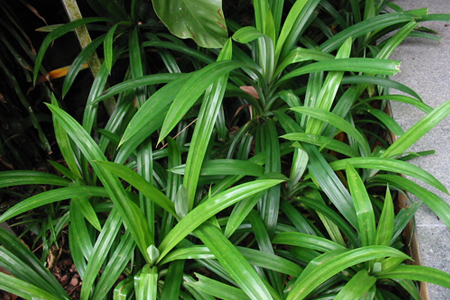
Photo credit: Boo Chih Min
Pandan (Pandanus amaryllifolius) is a very common and easily grown plant in Singapore, where it flourishes naturally on slopes with moist soil. To maintain the plant as a shrub, regularly harvest the leaves and water generously. This species is susceptible to the Pandanus Mealybug (Laminococcus pandani).
This plant thrives in semi-shade and needs lots of water. It can be propagated by division.
Juice extracted from the leaves is used to add fragrance to various types of teas, desserts, rice dishes and jams. The leaves are traditionally steamed to extract the juice, and then discarded. Chlorophyll in the juice will colour food and drinks a distinctive green.
Curry Leaf Plant
Photo credit: Arthur Ng
The Curry Leaf Plant (Murraya koenigii) grows well in fertile, loamy soil that drains well. It thrives in full sun and requires moderate watering. It can be propagated by seeds, which can be obtained from mature seed pods. Sow seeds immediately after harvesting as they only remain viable for up to three weeks.
The leaves produce a distinctive oil that is used to flavour and enhance the aroma of a wide variety of dishes including curries, dal, soups, and snacks. They can be boiled, fried or dried.
Thai Basil
Photo credit: Boo Chih Min
Thai Basil (Ocimum basilicum) grows best in a sunny location with fertile soil that drains well. It can also be grown indoors near a sunny window if it receives at least six hours of sunlight each day.
This plant thrives in both full sun and semi-shade, and requires moderate watering. It can be propagated by seeds or stem cuttings. The leaves can be used in soups, Vietnamese spring rolls or stir-fried with meat.
How to Propagate New Plants
Many plants can be grown from seed, or propagated vegetatively.
From Seeds
Obtain seeds from the fruit of a healthy, mature plant. If unavailable, seeds can be bought from nurseries or shops. Plant the seeds directly into the ground, or grow them in seed trays before transplanting into other suitable locations.
From Stem Cuttings
Cut a mature but green section of a stem and remove some of the leaves. Place the cutting
in water until it produces roots, and then plant it in soil that drains well. Plants that can be grown from stem cuttings include Laksa, Indian Borage, Mint and Thai Basil.
From Division
Grip the plant or plant cluster by the root ball and gently divide it into several clusters. Plant each cluster separately. Plants that can be grown by division include Lemongrass, Chives,
English Mint and Turmeric.
Propagating plants from parts such as the stems or roots is known as vegetative propagation. It has some advantages:
• It is cheap and efficient.
• It takes a shorter time for the propagated plants to reach maturity.
• The new plants retain all of the characteristics of the parent plant
Gardening with Edibles
The City in Nature vision seeks to bring greenery closer to all residents. The community plays a key role in the ownership and stewardship for nature which will benefit our health and well-being.
NParks is also partnering residents to make Singapore our City in Nature and spark a love for community gardening through the Gardening with Edibles initiative launched in June 2020. Under this programme, some 400,000 free seed packets will be distributed to interested members of the public. Relevant resources are also available online, to guide gardeners along the way.
NParks is also expanding the allotment gardening scheme and the Community in Bloom programme, to welcome even more residents into the gardening family.
The Gardening with Edibles initiative is aligned with Singapore’s national strategy to strengthen our food resilience. The “30 by 30” goal, led by the Singapore Food Agency, aims to produce 30% of Singapore’s nutritional needs locally by the year 2030. The programme is jointly funded by founding partners DBS Bank and Tote Board through the Garden City Fund.
Learning More
If you are a gardening newbie, visit NParksSG, our refreshed YouTube Channel that serves as a one-stop repository for close to 300 video resources. It covers topics ranging from types of soil needed for your garden and how to plant, harvest and even cook your edibles.
Looking to start gardening? Join our Community in Bloom (CIB) programmes or form your own gardening interest group.
If you are heading to our green spaces, do the right thing and be socially responsible. Maintain a safe distance from other park goers and keep to not more than five persons in a group. Always wear a mask except when you are engaged in strenuous exercise or when consuming food, drink or medication.
Do check out the visitorship levels of our parks using our safe distancing portal before you head down and avoid the ones with high visitorship.
How can you make your garden more welcoming to bees? Learn more here.
For more information about the flora and fauna found in Singapore, please visit NParks Flora and Fauna Web.
If you like what you read, follow us on Facebook, Instagram, Telegram and YouTube to get the latest updates.
Text compiled by Felix Siew


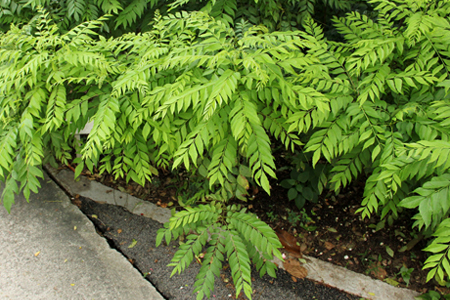
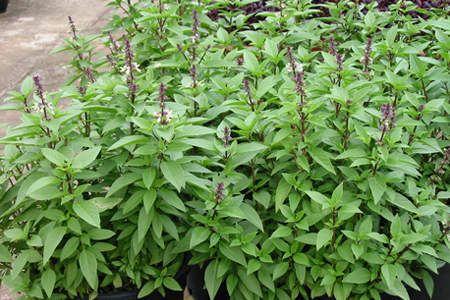
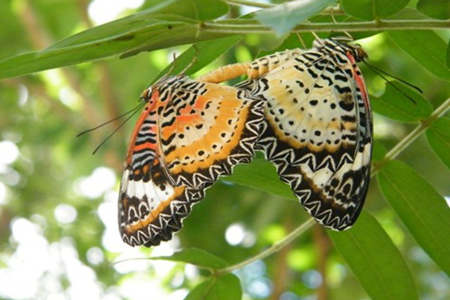
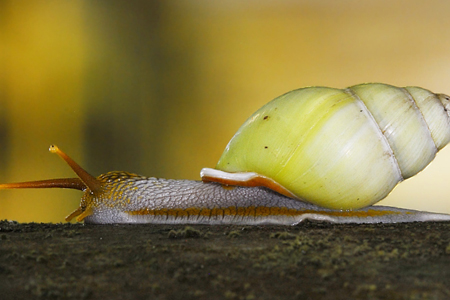
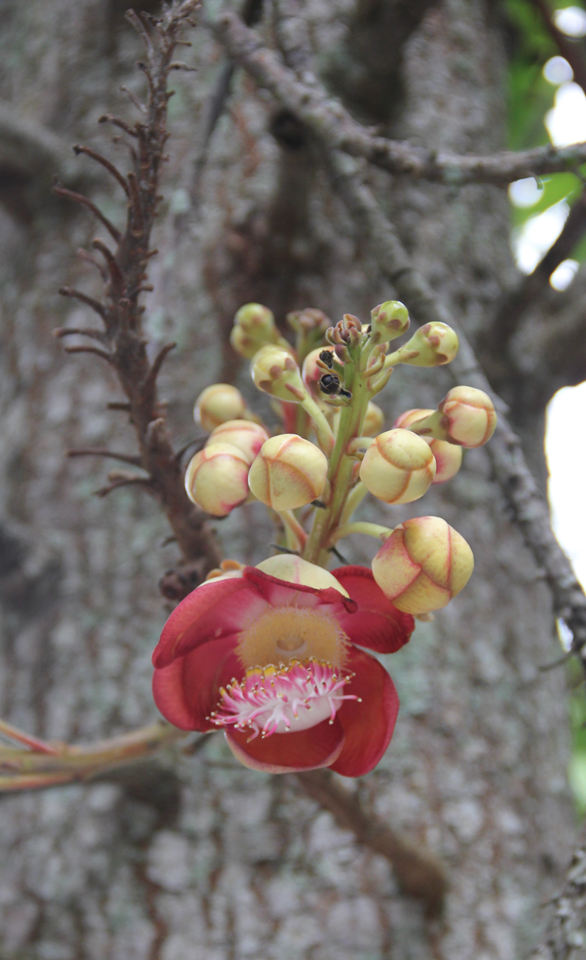
Have views or comments on this article? Let us know via this form. If you would like to give us feedback on any other areas relating to our parks and gardens, please submit via https://www.nparks.gov.sg/feedback